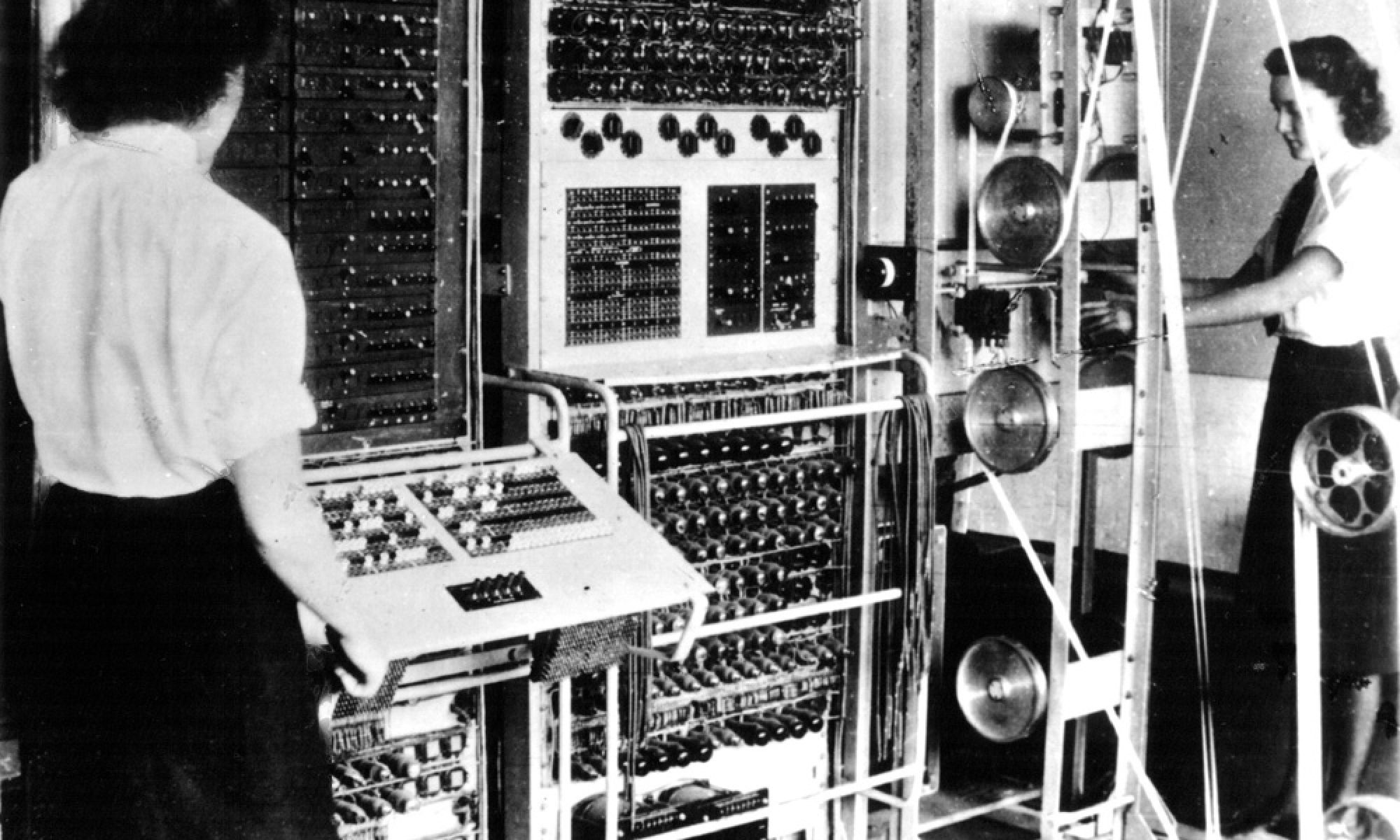On October 2nd we began Unit 2, which is concerned with finding sources. We also spent most of the class discussing Arnold Chapters 5 and 6. Chapter 5 was mostly focused on placing our research in a larger historical context, the three contexts being either political, social, and cultural. The political view focuses mainly on the leaders of historical events. This view can be dangerous because the preponderance of importance is placed on the “Great Men of History,” which offers a very limited, narrow point of view. The social view of history focuses on social and economic influences on history. The cultural view is based on a patterns of thought and how they affect history. What do all of these contexts have in common? They affect what sources we use. If one were to write about (as exemplified in class), the American Revolution, the sources used to write a political, social, or cultural view would be very different from one another. Chapter 6 was mostly concerned with the term “metalité,” or different mindsets. The idea of getting into the mindset of the people from different times gives the historian a difficult task: dissociating presently held ideas to understand those of the past. This is difficult especially when deciphering primary written sources, as language has a tricky tendency to evolve over time, and some words take on different meaning (cf. “cool” or “awful”). We then reflected on what all of this information means to us. What historical context do our papers fall into? How did these contexts affect our choice of sources?

Digital History at the University of Scranton